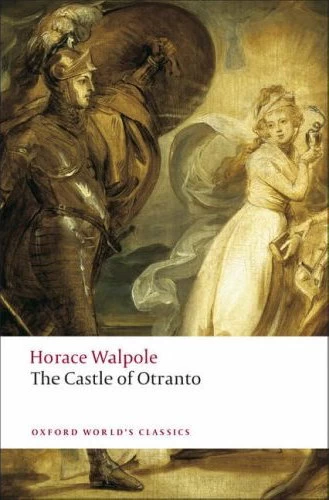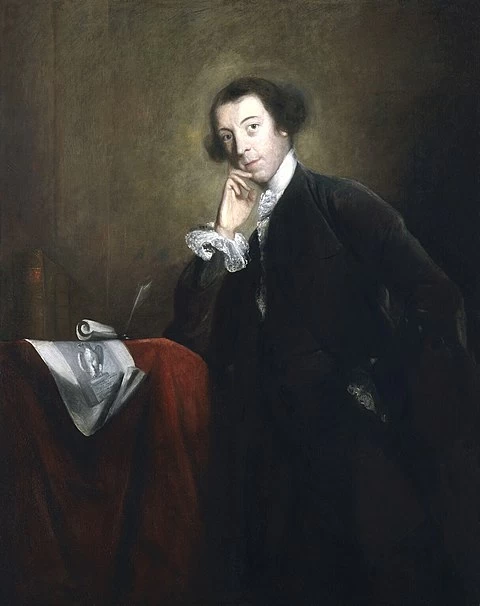The Castle of Otranto
First published pseudonymously in 1764, "The Castle of Otranto" purported to be a translation of an Italian story of the time of the crusades. In it Walpole attempted, as he declared in the Preface to the second edition, "to blend the two kinds of romance: the ancient and the modern". He gives us a series of catastrophes, ghostly interventions, revelations of identity, and exciting contests. Crammed with invention, entertainment, terror, and pathos, the novel was an immediate success and Walpole's own favourite among his numerous works. His friend, the poet Thomas Gray, wrote that he and his family, having read Otranto, were now "afraid to go to bed o'nights".
On the day of his wedding, Conrad, heir to the house of Otranto, is killed in mysterious circumstances. Fearing the end of his dynasty, his father, Manfred, determines to marry Conrad's betrothed, Isabella, until a series of supernatural events stands in his way...
Set in the time of the crusades, The Castle of Otranto established the Gothic as a literary form in England. With its compelling blend of psychological realism and supernatural terror, guilty secrets and unlawful desires, it has influenced a literary tradition stretching from Ann Radcliffe and Bram Stoker to Daphne Du Maurier and Stephen King.
Readers also enjoyed
Horace Walpole
Horatio Walpole, 4th Earl of Orford (1717–1797), more commonly known as Horace Walpole, was an English art historian, man of letters, antiquarian and politician. He is now largely remembered for Strawberry Hill, the home he built in Twickenham, south-west London where he revived the Gothic style some decades before his Victorian successors, and for his Gothic novel, The Castle of Otranto. Along with the book, his literary reputation rests on his Letters, which are of significant social and political interest. He was the son of Sir Robert Walpole, and cousin of Lord Nelson.







